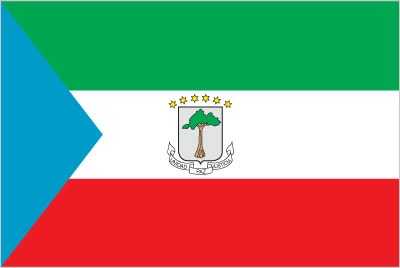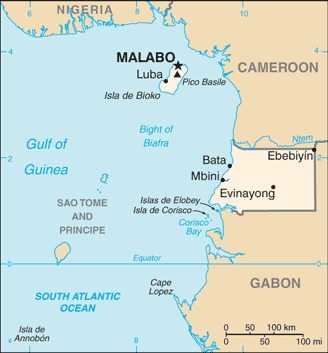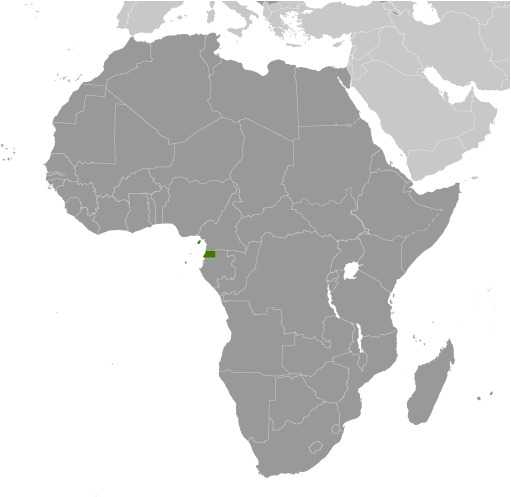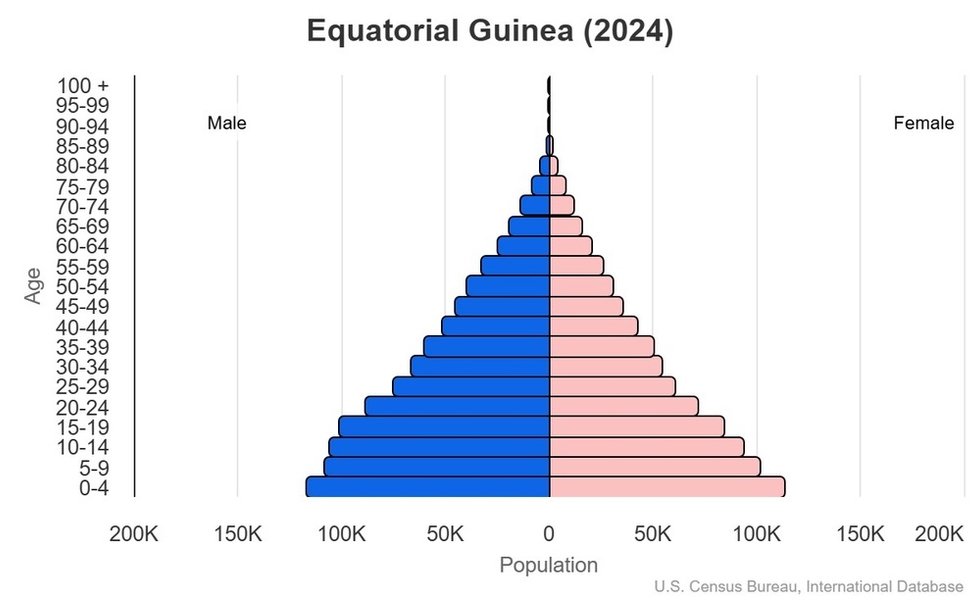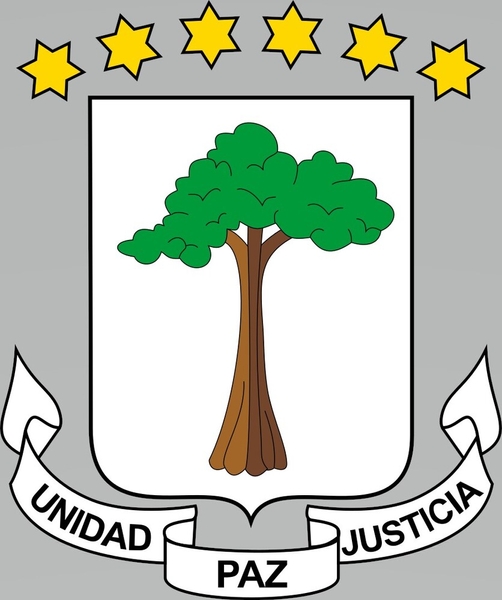Introduction
Visit the Definitions and Notes page to view a description of each topic.
Geography
People and Society
Population
comparison rankings: total 154; male 153; female 153
Languages
Median age
comparison ranking: total 186
Population growth rate
comparison ranking: 5
Birth rate
comparison ranking: 28
Death rate
comparison ranking: 61
Net migration rate
comparison ranking: 6
Maternal mortality ratio
comparison ranking: 44
Infant mortality rate
comparison ranking: total 4
Life expectancy at birth
comparison ranking: total population 210
Total fertility rate
comparison ranking: 21
Obesity - adult prevalence rate
comparison ranking: 156
Alcohol consumption per capita
comparison ranking: total 69
Environment
Carbon dioxide emissions
comparison ranking: total emissions 135
Government
Economy
Real GDP (purchasing power parity)
comparison ranking: 147
Real GDP growth rate
comparison ranking: 181
Real GDP per capita
comparison ranking: 123
Inflation rate (consumer prices)
comparison ranking: 144
GDP - composition, by sector of origin
comparison rankings: agriculture 130; industry 12; services 142
Industrial production growth rate
comparison ranking: 120
Labor force
comparison ranking: 155
Unemployment rate
comparison ranking: 134
Youth unemployment rate (ages 15-24)
comparison ranking: total 80
Gini Index coefficient - distribution of family income
comparison ranking: 50
Taxes and other revenues
comparison ranking: 145
Reserves of foreign exchange and gold
comparison ranking: 134
Energy
Electricity
comparison rankings: installed generating capacity 159; consumption 157; transmission/distribution losses 61
Energy consumption per capita
comparison ranking: 91
Communications
Telephones - fixed lines
comparison ranking: total subscriptions 184
Telephones - mobile cellular
comparison ranking: total subscriptions 167
Broadband - fixed subscriptions
comparison ranking: total 202
Transportation
Merchant marine
comparison ranking: total 118
